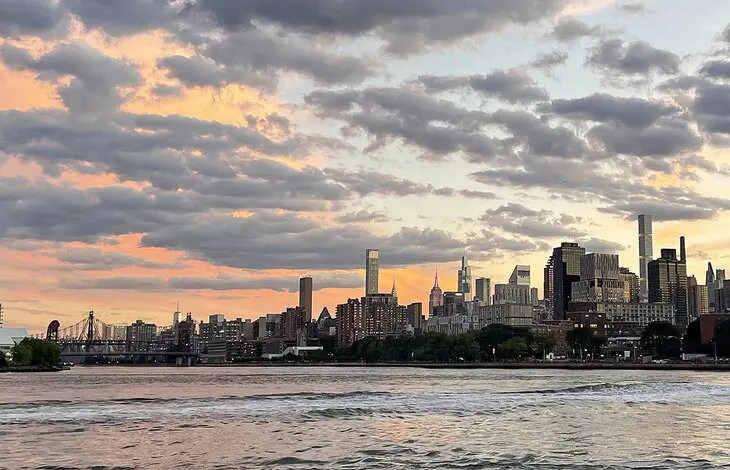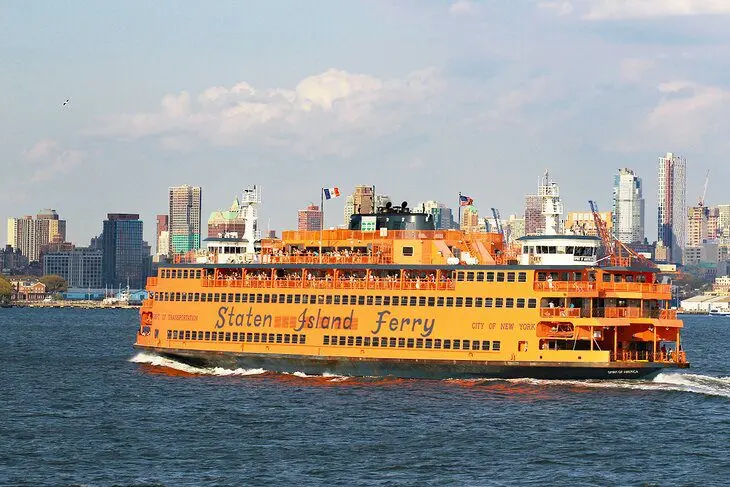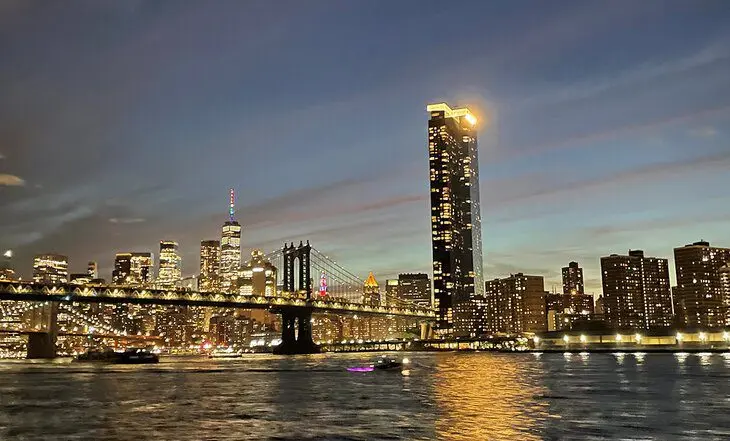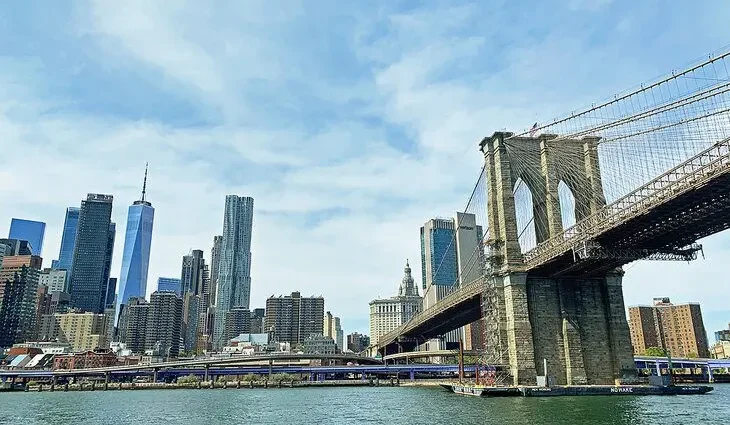Author Meagan Drillinger is a born-and-raised New Yorker, having spent the majority of her life living in Manhattan and Queens.
New Yorkers are all about efficiency. A “New York Minute” is a real thing. But if the pandemic did one thing to New Yorkers it was this: it taught us to slow down. While the city is certainly back to its lightning-fast pace, there are some habits that this New Yorker in particular will now never change.

One of those is being in less of a rush to get places. The New York Metro Transit Authority (MTA) is one of the most comprehensive in the world. We have a subway system that runs all the way from the tippy top of the Bronx, down to the depths of Brooklyn and Queens — and you can get anywhere for $2.75 a swipe, no matter the distance. It also runs 24 hours a day, 7 days a week. It’s a fantastic part of the city’s infrastructure and (most of the time) is faster than driving or taking a taxi.
But in 2020 and 2021, the idea of being trapped underground in a moving tube with thousands of other people was less than appealing, so I took to moving around the city in a new fashion: using the outdoor NYC ferry system. Sure, this is a much slower way to move around the city, but it is also open-air and it offers some of the very best views of the city skyline from the water, day or night. The system’s many stops put you right in the heart of the top destinations in New York City, as well.
In fact, I thought to myself, this is probably the best way for tourists to see the sights of New York, all from the water and all for a fraction of the price of typical NYC cruises or hop-on/hop-off bus tours.
If you want to explore New York City by water, here is how to use the NYC ferry system.
How to Use the NYC Ferry System

It’s exceptionally easy to use the NYC ferry system. First thing first: download the NYC Ferry app. On the app, you can purchase tickets and activate them directly on your phone. You can also use the ticket vending machines that are available at the landings. A one-way adult ticket costs $4.00. A 10-trip pass is available for $27.50, and senior citizens can purchase tickets for $1.35.
The app allows you to see the ferry routes and schedules, as well. You will have many different routes to choose from. If you want to use the ferry system as a hop-on/hop-off ticket, I recommend buying the 10-trip pass, which is still cheaper than an NYC tourist cruise or a bus tour.
The NYC Ferry Routes

The NYC Ferry System has seven different routes, including a shuttle to Governors Island. The routes start as far north as Throgs Neck in the Bronx and run as far south as St. George on Staten Island, Bay Ridge in Brooklyn, and Rockaway in Queens. The majority of the routes follow the East River, except for the St. George route which runs from Midtown West down the Hudson to Staten Island.
Some of the most popular stops include East 34th Street, Stuyvesant Cove, and Wall Street in Manhattan; Astoria, Long Island City, Hunters Point, and Rockaway in Queens; Williamsburg, the Brooklyn Navy Hard, and DUMBO in Brooklyn; and Governors Island.
The Best NYC Ferry Lines for Tourists

Rockaway Route:
Even though the NYC Ferry System was designed with locals in mind, there are plenty of routes that are great for tourists. All the East River routes have spectacular views of the city skyline, with the Rockaway Route having the most spectacular view of lower Manhattan and the financial district. The routes that terminate at Wall Street (Soundview, Astoria, East River, and South Brooklyn) all pass underneath the Brooklyn Bridge, which is spectacular.
If you want to visit one of the best beaches near NYC, take the Rockaway Route from Wall Street, which will drop you at one of New York City’s best beaches. This is a much more scenic alternative than taking the very long subway ride on the A train.
East River Route:
If you want to pick one route that covers a little bit of everything, the East River Route is the best. This route runs from Hunters Point South in Long Island City, Queens, and stops at East 34th Street in Manhattan; Greenpoint, North Williamsburg, South Williamsburg, Brooklyn Navy Yard, and DUMBO in Brooklyn; and terminates at Wall Street in Manhattan.
If you purchase the 10-trip pass, you can get off at multiple different stops to sightsee and then hop back on the ferry, all for $27.50.
Governors Island:
One of the best things to do in New York City is to take the trip over to Governors Island, and the NYC Ferry System even has an option for that. Governors Island is a 172-acre island in New York Harbor and feels like a world away from the rattle and hum of Manhattan.
It has its own arts center, parks, and walkways. The entire island is car-free. Many people come to Governors Island with picnic lunches or to dine at the many restaurants or food trucks that are on the island. You can now even “glamp” on Governors Island with Collective Retreats.

State Island Ferry:
Oh, one last tip? If you want to see the Statue of Liberty for free you can always ride the Staten Island Ferry. The Staten Island Ferry runs 24 hours a day, 7 days a week, and runs every 15 to 20 minutes from South Ferry. It’s completely free and will take you directly past the Statue of Liberty.
Once you get to Staten Island, you can either explore Staten Island or simply turn around and head back to Manhattan.
It’s true that New York City is one of the most expensive cities in the world. There is, sadly, no way around that. However, little hacks like using the NYC Ferry System can save you bundles of money when you want to tour the top NYC neighborhoods, sights, and attractions on a little bit of a budget. The NYC Ferry System is, in my opinion, the best way to get the most amazing views of New York, as well.










